Workshop to explore shared-resource assessments, certification
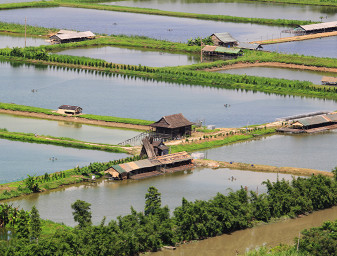
Mitigating the risk of aquaculture diseases is one of many goals of zone management, a promising tool for ensuring responsible farmed seafood production across a given region. Industry, academia and NGOs are seeing the merit behind a shared resource with active, multi-stakeholder support and stewardship.
One aquaculture expert says this systemic assessment of the environmental impacts of aquaculture is more about the water than the organisms being farmed.
“Zone management … covers the issues of sustainable resource management, but we don’t think about the fish (or shrimp, or mussels) as the common resource. We need to think about water as the core focus,” Anton Immink, global aquaculture director for Sustainable Fisheries Partnership (SFP), told the Advocate.
Early examples show the efficacy of the approach: In 2011, SFP helped establish a multi-stakeholder alliance with tilapia producers in Hainan Province in tropical China to embrace zone management. The area had earlier witnessed a “boom and bust of unregulated growth,” Immink wrote in a 2013 report for SFP. Farmers in the region, he and fellow SFP researcher Han Han concluded, came to realize the need for establishing a code of good practices, a step toward cooperation and self-regulation. The process only succeeds with active participation, but Immink said it should be an “easier lift” than full farm-level certification.
“Nobody should be concerned that zone management is a limit on production,” he added. “In Indonesia an initial assessment by SFP has indicated that more production should be possible in areas with good water exchange. But data on disease risk management also need to be taken into account.”
Because aquaculture is so uniquely dependent on water quality, and because multiple producers typically occupy shared water resources, a regional management technique could prevent the spread of devastating diseases, the cause of massive losses for both the global farmed salmon and farmed shrimp industries. Zone management can also cover environmental and social benefits such as improved ecosystem surveillance programs, more accurate estimates of carrying capacities and greater community rights.
Other benefits include more robust data collection and industry representation in the marketplace and in the ever-intensifying competition for resources with other industries. Immink, a former aquaculture data manager for the United Nations’ Food and Agriculture Organization (FAO), has long advocated for greater zonal management responsibility among producers.
“If we get zone management right, farms will individually need to invest less time and money in managing on-farm water quality and disease prevention/treatment,” adds Immink, who will be a speaker at the Global Aquaculture Alliance’s GOAL (Global Outlook on Aquaculture Leadership) conference in Vancouver.
Zone management will be the focus of GOAL’s pre-conference workshop on Monday, Oct. 26 at the Four Seasons Hotel in Vancouver, British Columbia, Canada. Speakers joining Immink include Jon Grant, professor at Dalhousie University; Gregg Small, VP-technical services and sustainability at Rubicon Resources; and Jonathan Shepherd, consultant and retired director at Omega Protein.
Also speaking during the workshop, which runs from 1 to 4:30 p.m., will be Peter Marshall, CEO of RS Standards and chair of the Global Aquaculture Alliance’s (GAA) Zone Management Technical Committee, which is exploring the use of Best Aquaculture Practices (BAP) standards for zone management.
“Collaboration is key as many of us think that we have the right answer to zone management. We do and we do not — we only have part of it at any given time,” said Marshall, echoing a sentiment drawn from FAO’s ecosystem-based approach to aquaculture: “Social and biophysical dimensions of ecosystems are inextricably related such that a change in one dimension is highly likely to generate a change in the other.”
“Zone management in the aquaculture sector will always have many interpretations depending on the perspective at that time,” he added. “Collaboration is needed to get all relevant and practical perspectives.”
Zone management could potentially be a “fifth star” in BAP certification, which already includes hatcheries, feed mills, farms and processing plants. “It’s a little early for the technical committee to be talking about the practicalities of a fifth star, but it provides a good ambition for the GAA and for the committee,” Marshall said.
If we get zone management right, farms will individually need to invest less time and money in managing on-farm water quality and disease prevention/treatment.
In the absence of third-party certification, seafood producers engaged in some form of improvement program often find gain greater marketplace access as a result, as increasing numbers of buyers maintain sustainable procurement policies. Zone management could provide retailers a broader range of suppliers — many of them considered small-scale producers — to draw from.
As such, Fishery Improvement Projects (FIPs) and Aquaculture Improvement Projects (AIPs) are garnering more and more attention in the dialogues between industry, academia and environmental organizations.
Seafood Watch, a program of the Monterey Bay Aquarium in Monterey, Calif., USA, is exploring zone management for its farmed seafood product ratings. Lisa Tucker, senior aquaculture scientist with Seafood Watch, confirmed that the researchers behind the well-known consumer-facing seafood guide are developing area-based aspects in its aquaculture standards, but declined to comment further until the process was complete.
In the end, if proven to be an effective disease-control mechanism, zone management could also make the aquaculture industry more attractive to investors. Even the most careful operators know that if their neighbors are experiencing troubles from disease, they may be susceptible.
“We are still working hard to get everyone to understand that zone management is not just scaling up from farm-level certification,” said Immink. “It requires thinking about aquaculture management in a different way and at a different scale.”
Now that you've reached the end of the article ...
… please consider supporting GSA’s mission to advance responsible seafood practices through education, advocacy and third-party assurances. The Advocate aims to document the evolution of responsible seafood practices and share the expansive knowledge of our vast network of contributors.
By becoming a Global Seafood Alliance member, you’re ensuring that all of the pre-competitive work we do through member benefits, resources and events can continue. Individual membership costs just $50 a year.
Not a GSA member? Join us.
Author
-
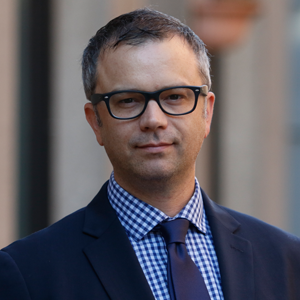
James Wright
Editorial Manager
Global Aquaculture Alliance
Portsmouth, NH, USA
[103,114,111,46,101,99,110,97,105,108,108,97,97,103,64,116,104,103,105,114,119,46,115,101,109,97,106]
Tagged With
Related Posts
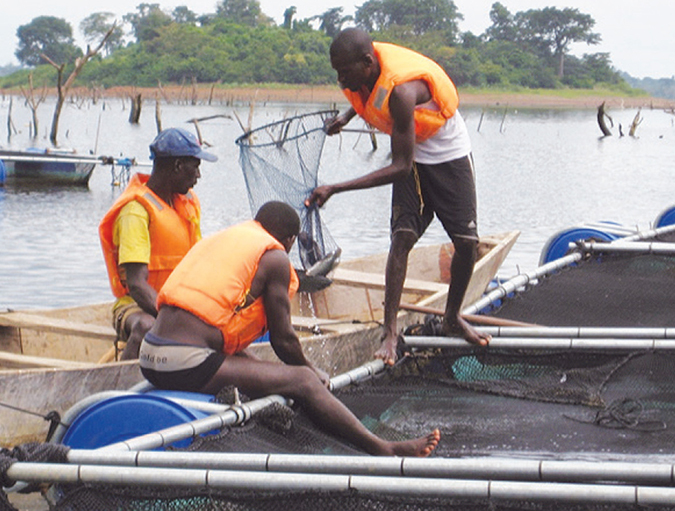
Innovation & Investment
Large-scale tilapia project driving aquaculture development in Ivory Coast
A large-scale aquaculture project in Ivory Coast, with "soft technology" adopted by Societe d’Elevage et de Distribution de Poissons, allows the full growing cycle to be controlled using local materials, manpower and inputs.
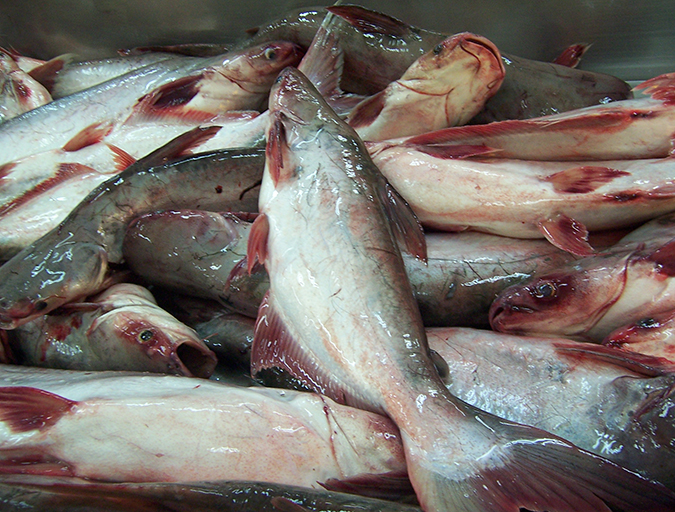
Intelligence
Risk v. hazard: A dispassionate look at pangasius
Vietnam’s pangasius industry captivated the global seafood industry, environmental organizations and the mass media. A scientific look at harmful substances detected in exported fillets and the reporting of the associated health risks through the media finds wide disparities.
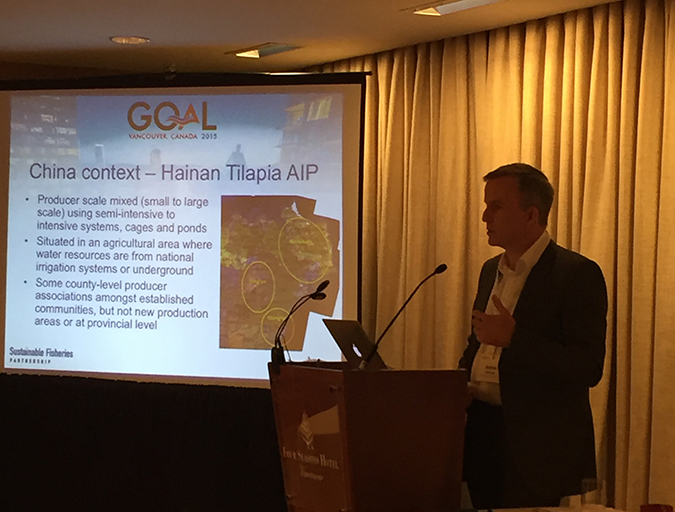
Responsibility
Zone management: Can aquaculture producers collaborate?
At the GOAL 2015 pre-conference workshop in Vancouver, British Columbia, Canada, a panel of aquaculture management experts determined that producers sharing water resources must work together to prevent the spread of disease and to become more attractive to investors.
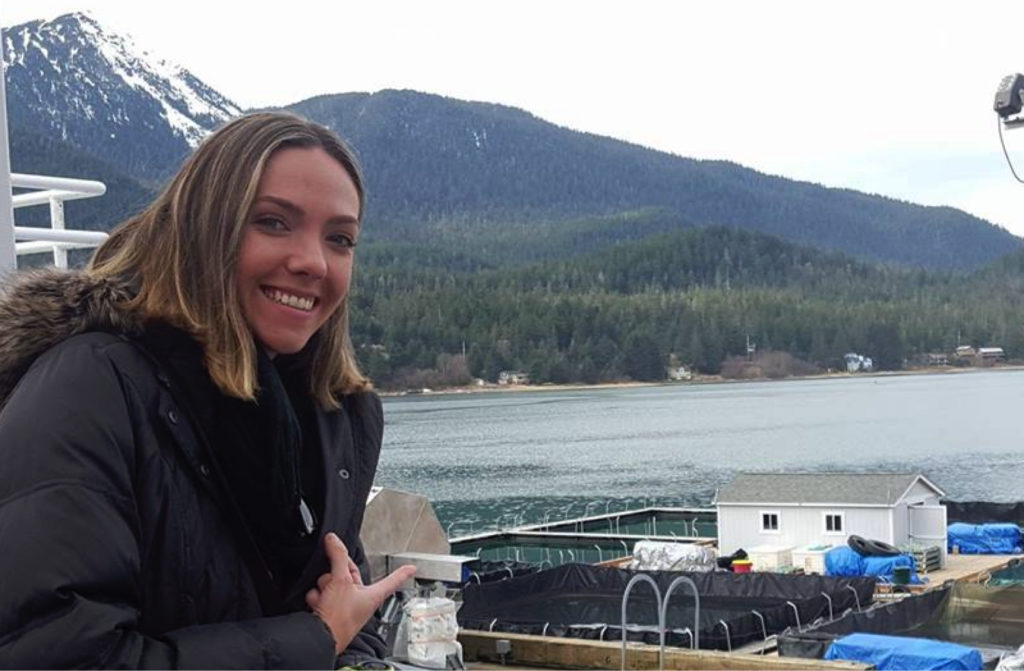
Responsibility
Conservation Aquaculture Research Team seeks to spark innovation, collaboration
Agriculture and fisheries have long been aligned with conservation objectives. A newly formed group, CART, aims to do the same for aquaculture.


